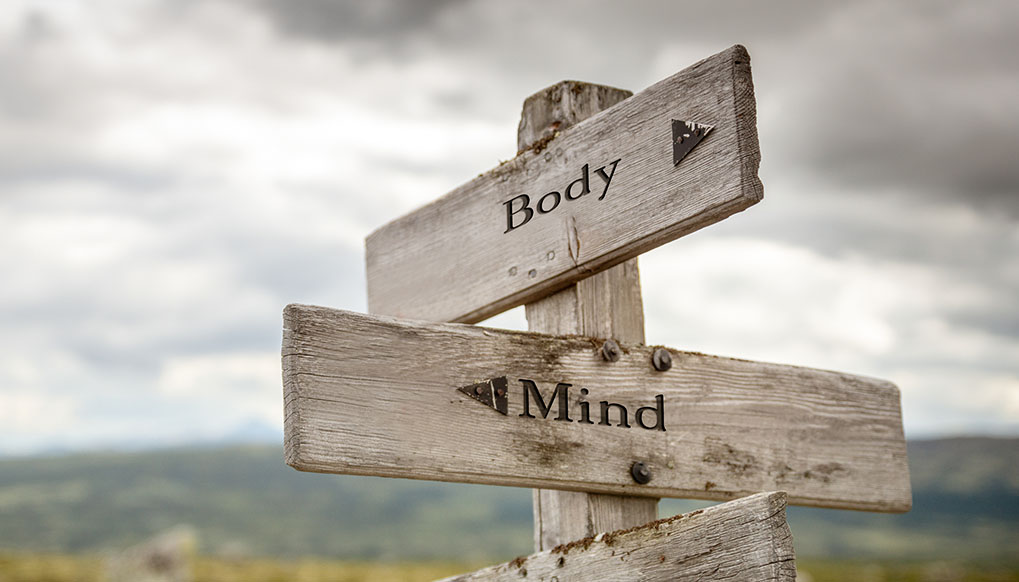Balance Awareness week – September 19 – 25
We often take our body’s ability to maintain our balance for granted … until we have issues with one of the systems that help us balance. This week is the Vestibular Disorders Association’s, VeDA, “Balance Awareness Week” which seeks to raise awareness of vestibular disorders and the impact they have on people’s lives.
Let’s take a look at the different systems that can impact a person’s balance. Vestibular therapy can involve a bit of “detective work” to figure out what exactly is causing dizziness or imbalance since the inner ear is not the only system involved in our equilibrium.
There are 3 primary systems that give you your ability to balance: your vision, your somatosensory system, and your vestibular system (part of your inner ear).

Image via Research Gate.
Let’s first examine your Visual system. If you close your eyes, you might notice that your body sways more and you have to work harder to stay balanced. This is because your eyes are no longer providing your brain with visual information about where you are and how you are moving. When we move, we perceive things moving past us which helps us know how we are moving.
Next, your Somatosensory system, which includes everything from the sensation of touch on your skin to the sensations from your muscles, tendons, and joints, is also providing valuable information whenever possible to help you stay balanced. This system includes your proprioception or your sense of where your limbs and joints are positioned in space. If you suddenly step onto a small rock, you would feel the pebble under your shoe and you might feel your ankle position change and different muscles kick in–information that in a split second can help your brain keep you balanced.
The third and final system is your Vestibular system, which is a fantastic little sense organ the size of your pinky nail which resides in your inner ear. The vestibular system gives your brain information about how your head is positioned and how your head is moving. If you close your eyes and begin to sway, your vestibular system will help detect and correct the swaying (in addition to your proprioception).
In practice, the three systems work together with our brain, which makes sense of the inputs coming in and decides what adjustments, if any, need to be made to keep our balance.
Because of the brain’s role in balance, being distracted can cause anyone of any age to lose their balance, trip, or fall. If one of your balance systems is compromised, standing or walking with good balance may require even more brainpower. That means that if your cognitive resources are being used to talk, recall something, or read something, you might be more likely to lose your balance.
People often refer to vestibular and balance disorders as “invisible disorders” because issues with these balance systems or the integration of sensory inputs in the brain might not be visible with imaging and testing typically used to find diseases and disorders. However, balance problems are very real and can have serious consequences of injury. Thankfully, many are also treatable, with treatments such as vestibular therapy, which is partly why raising awareness of these disorders is so important. We see some patients who have been feeling off-balance or dizzy for months or even years who thought that this was just because they were a klutz or just because they were getting old.
Don’t wait until your balance becomes a serious problem–learn why it is a problem and what you can do about it today!
Dr.Greg Synnestvedt PT DPT.
WWS Physical Therapy and Vestibular Rehabilitation,
Doylestown, PA.

